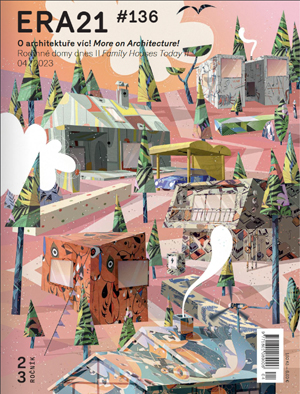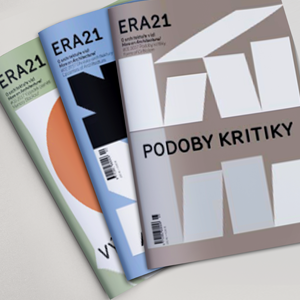Capital cities both, Warsaw and Prague share a similar history interwoven with the effects of planned development. But their starting position was very different. Near total destruction of Warsaw during the Second World War left it struggling to find its identity almost to this day. Strong development pressures brought the capital development projects introducing office districts, entirely new neighborhoods and new problems and challenges. To deal with these is in part the responsibility of the Department of Architecture and Spatial Planning in Warsaw – BAiPP. We talked about the capital city with the city architect, Marlena Happach.
» entire articleThis year, another green building was erected in the industrial complex in southwest Slavkov near Brno. Following the construction of their experimental development center LIKO‑Noe, the company producing interior partitions, prefab structures, and green construction elements completed a new production hall, LIKO-Vo, dubbed the first “living” hall in the world. The living hall concept is based on a principle of natural thermal stabilisation provided by a green roof, a green facade, a wet pond and other technologies that ensure the building can cool itself and the surrounding environment down, in stark contrast to the heat effect of traditional industrial structures. Besides an obvious aesthetic benefit and the thermal regulation effects, the green surfaces also function as natural wastewater treatment systems. The clean water is then stored and used for irrigation. The LIKO-S company sees the construction of the production hall as their response to the climate crisis and strives to inspire a considerate environmental approach.
» entire articleDuring my summer vacation in 1988, when I was waiting for a midnight train in front of the Warsaw Central Station, I managed to exchange Czech koruna for Polish zloty at a bargain. As a sixteen-year-old teenager, I was very surprised that the first passer-by bought the Czech currency. But I didn’t pay much attention to the Central Station itself – the most modern building in Warsaw at that time. Architecture interested me only marginally, I might have just raised my eyes to the top of the Palace of Culture and Science, the highest structure in the city built in the style of socialist realism...
» entire articleThe post-digital contradicts the usual notions of city and architecture, and crosses field boundaries – ideas from media theory, geology, or environmental studies become crucial for understanding the future of architecture in relation to Earth and to individuals. We discussed the definition and meaning of the term “post-digital” in architecture with the Finnish media theorist Jussi Parikka. Additionally we explored the deep history of media technology, non-human agency in urban contexts, the politics of corporations and digital platforms, and the role of architecture in the Anthropocene.
» entire articleWe talked with Greg Lynn about his research in augmented reality at the Angewandte in Vienna and at UCLA in Los Angeles, about intelligent machines and robotic architecture, about the Boston based firm Piaggio Fast Forward, about the Venice Architecture Biennale, global warming and nuclear power, about design and other contexts of high performance design. Greg Lynn is still a person of tremendous importance for the development of digital architecture in Prague and Bratislava. He visited the AFAD and UMPRUM repeatedly and was also one of the speakers at the first Experimental Architecture Biennial Prague in 2013.
» entire article

ERA21 vydává ERA Média, s. r. o. |
|
|
Phone: +420 530 500 801 E-mail: redakce@era21.cz |
|
| WEBdesign Kangaroo group, a.s. |